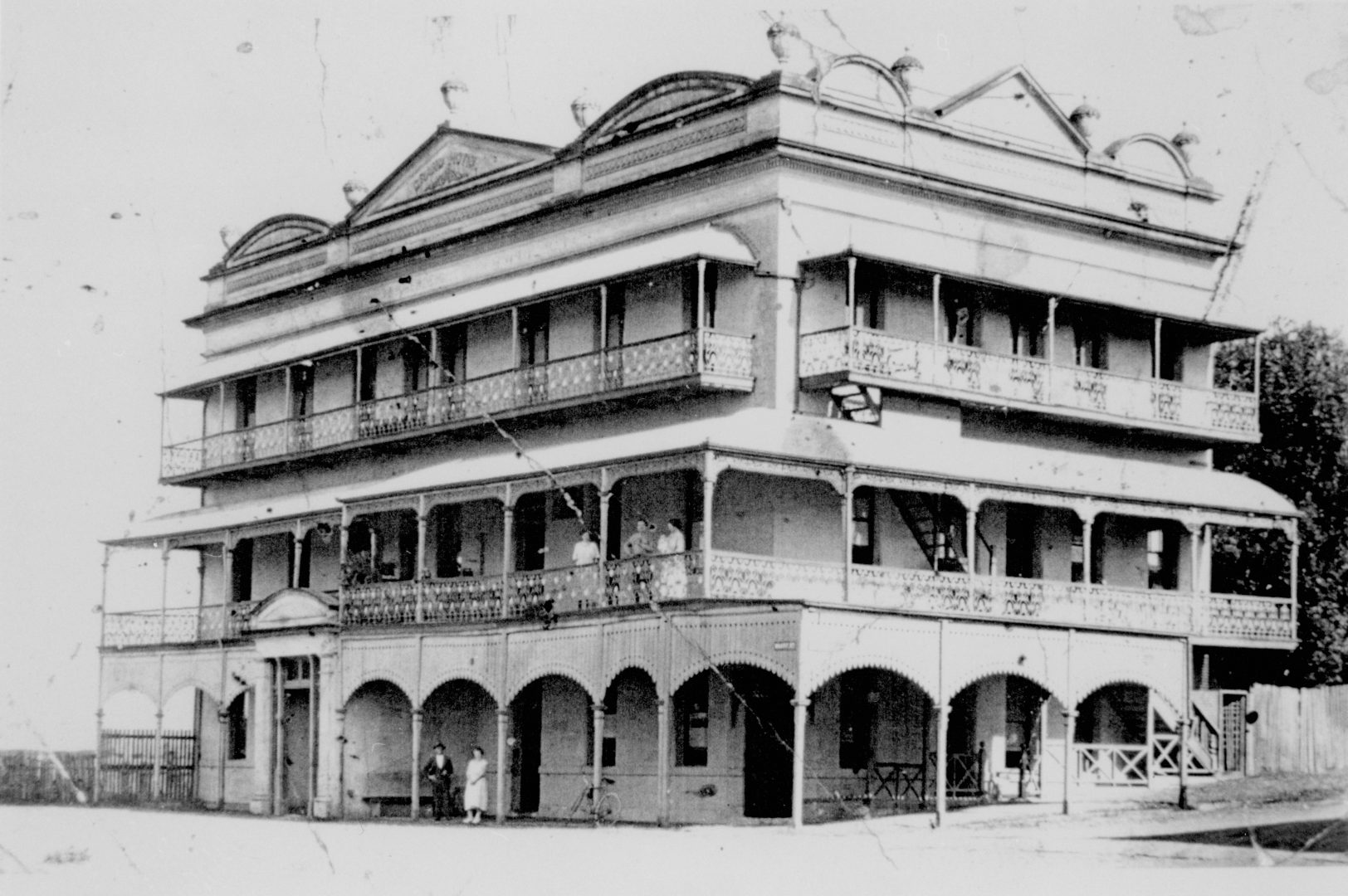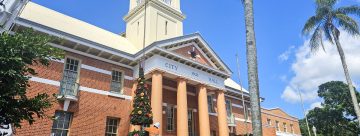By Mayor George Seymour
Maryborough has many fine historic buildings throughout the city. These buildings add character to our streetscapes and provide a tangible connection to our history.
Whilst we are very fortunate to have so many that have survived, we have sadly lost more than a few of the early structures which were once so central to the customs, commerce, and culture of the city.
One early structure now lost to us was the Grand Hotel, which was built in 1885. This towering three storey building looked out over the Mary River from the corner of Wharf and March Streets. In crisp and decorative architectural flourishes, it symbolised the prosperity of the busy port town.
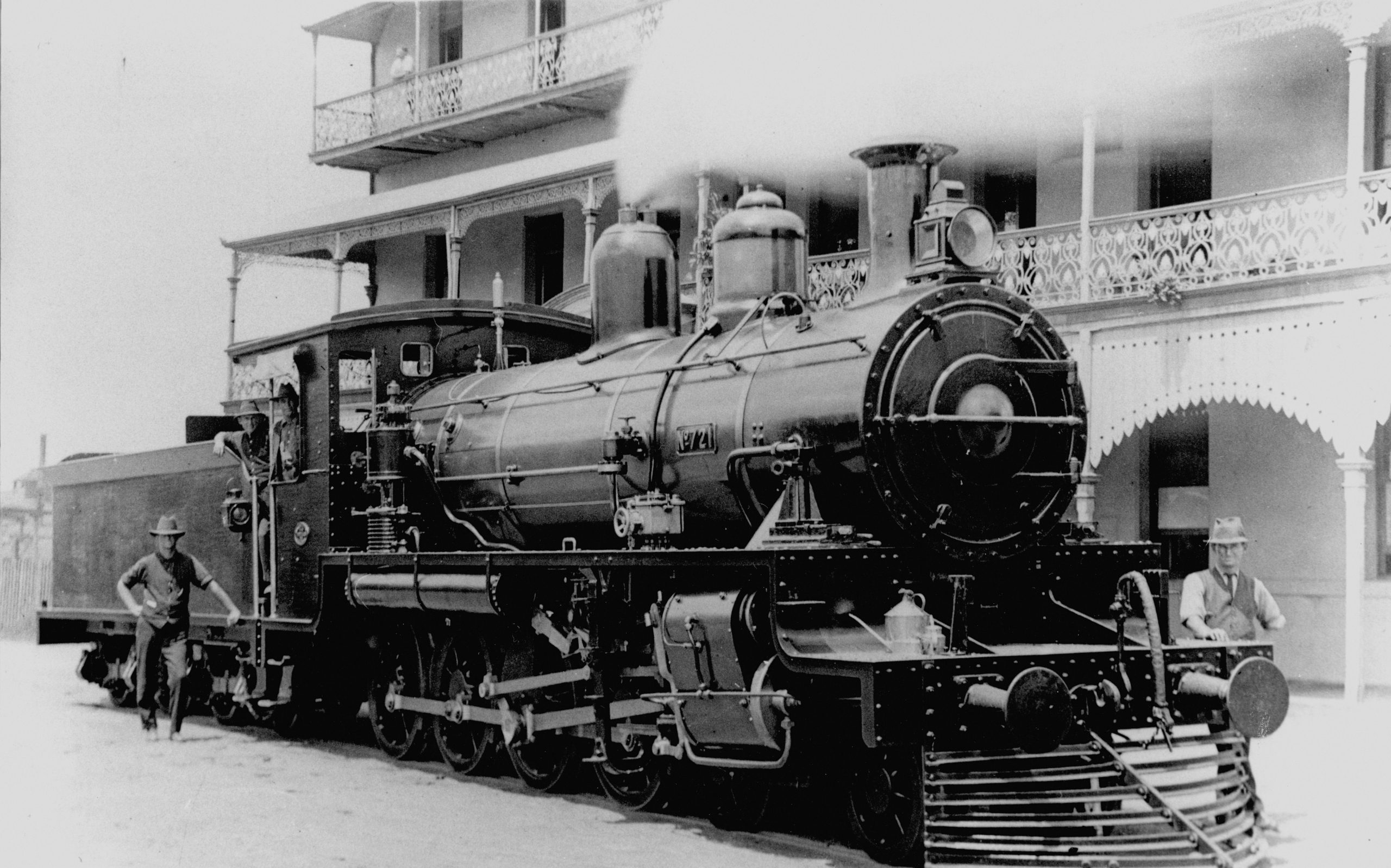
By this stage in the settlement of Maryborough, it was well understood that the river would flood. The most recent flood had risen into the city in 1879. The location of the hotel by the river put it at a high degree of risk so it was designed to limit the effects of flooding on the guest arrangements.
The hotel opened with a gala night on 31 October 1885. That week it was described as a “splendid and spacious hotel” offering “unequalled accommodation to travellers, visitors and families.”
With a professional cook, the dining room on the first floor could accommodate 60 people seated comfortably, while being served their meals from the kitchen below via the lifts.
The hotel offered 22 rooms of different standards, including “private suites of rooms for families” and “special accommodation for ladies”
The Grand Hotel was successful with many happy and welcome guests. However, it was not long after the grand opening, in February 1887 that the hotel met with a very unwelcome guest: rising flood waters. This would be the first of many floods; with three metres of water flowing through the ground level. The establishment coped by having guests ferried across to the first floor veranda from the higher end of March Street by boatmen, who were paid for their services in beer.
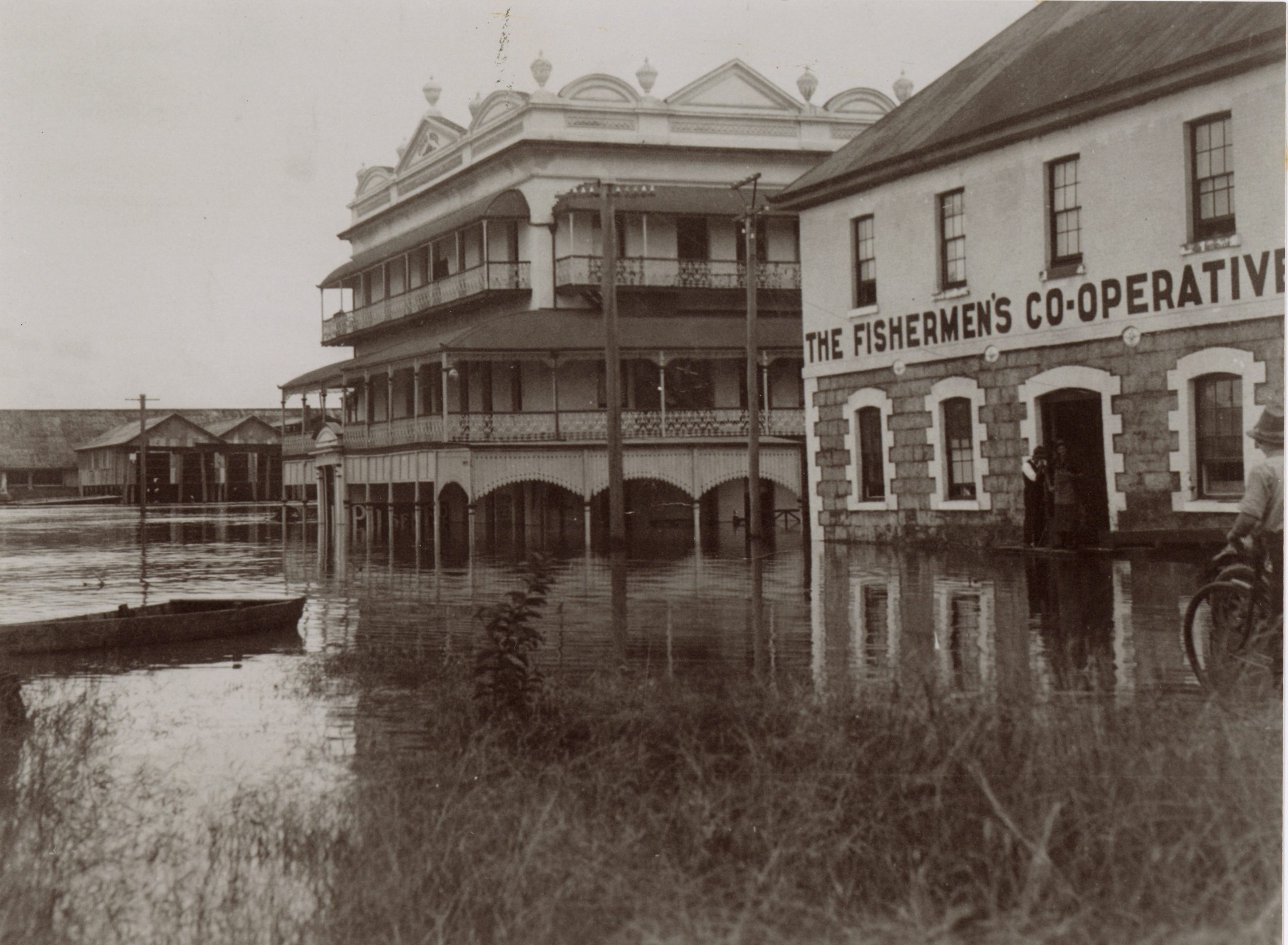
The next big flood, in January 1890, brought the water up to the second floor where linen and furniture were piled on top of the dining table and billiard table (which was said to be the finest in the colony).
The record flood of February 1893 tested the structural integrity of the building with flood waters rising over the third floor balcony. The hotel survived when many other structures including the bridge and the Customs House were destroyed.
Flood waters would continue to rise up from the Mary River over the years until the hotel closed in 1964. It was demolished soon after closing, at about the same time as the Fish Depot building on the other side of March Street. By this time the port facilities had been transferred to the Urangan Pier.
This corner block which was once at the heart of the bustling Port of Maryborough is now overgrown and largely unused. Amongst the vegetation on the site are many bricks and other building materials that perhaps once constituted this graceful riverside hotel.
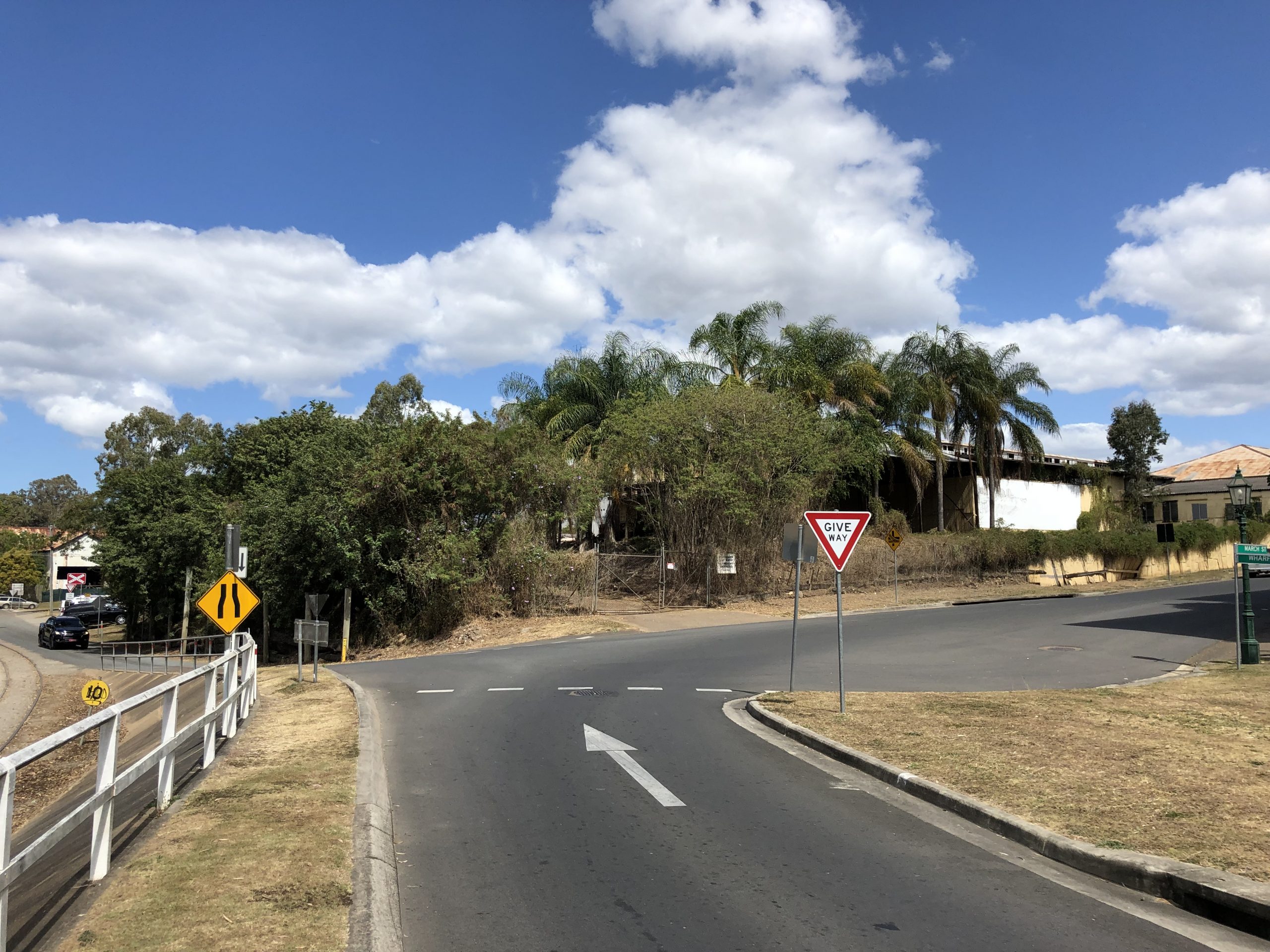
The site is now raised well above the street level and there is a theory that under the dirt and vegetation is the rubble of the hotel. Walking along the street frontage of Wharf and March Streets, one can imagine the clientele of this hotel looking out over the flowing river.
The building has been gone for over half a century. Fortunately, we have a number of old black and white photographs through which our imagination can wander back to a time when travellers from across the globe stayed here at the Grand Hotel by the Mary River in Maryborough.


